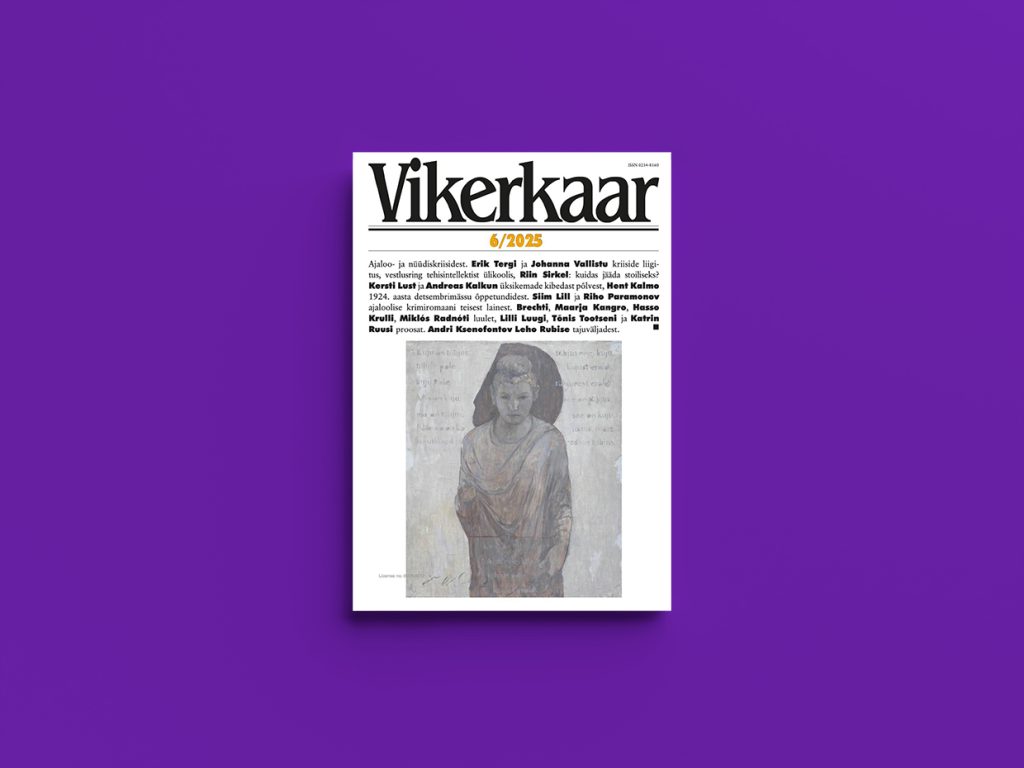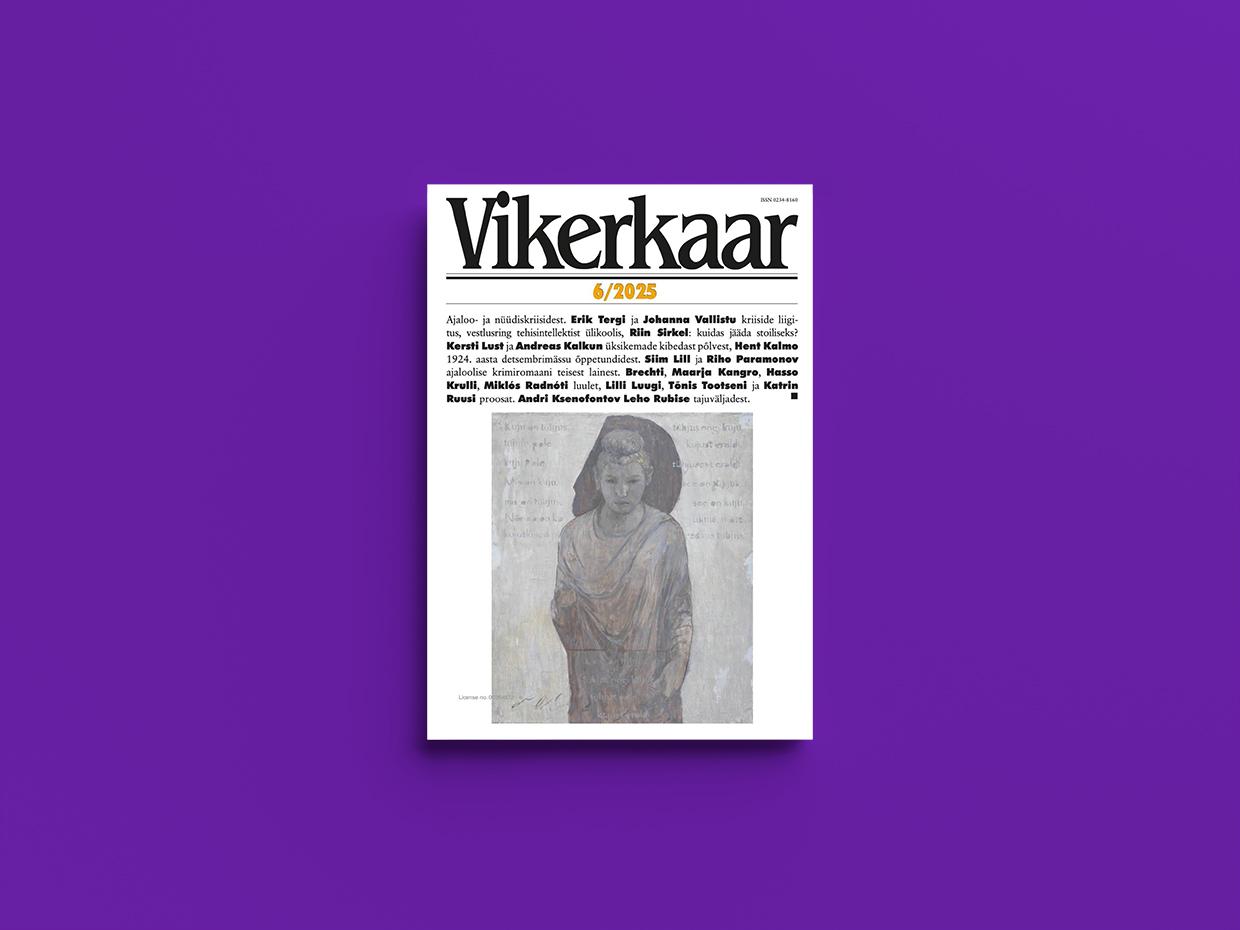We live in the era of polycrisis, where ‘the horsemen of the apocalypse have to be dealt with together’. The June issue of Vikerkaar looks at crises ranging from the disruption of education by AI to national security anxieties in interwar Estonia.
Future studies experts Erik Terk and Johanna Vallistu frame the issue with a theoretical exploration of crisis: What is it, how do we recognize it, and how do we deal with it when it arises?
We are often warned about ‘black swans’ – risks so unlikely that they are hardly worth thinking about, but that have earth-shattering consequences when they actually materialize. But Terk and Vallistu urge us to look out for ‘grey rhinos’ instead. These are risks that appear obvious and huge, but that societies nevertheless manage to ignore.

The Bolshevik Revolution of 1917, for instance, might appear as a black swan. Who could have predicted in early 1917 that a marginal group of leftwing revolutionaries would start a process that ultimately led to the Cold War? But one might equally argue that some kind of proletarian revolution was exceedingly likely in the war-weary and unstable Russian empire. The predictability of crisis is often in the eye of the beholder.
Polycrises are particularly dangerous, write Terk and Vallistu, since the logics of their constituent crises can pull in different directions. Estonia may well be experiencing a one now, where economic, national security and ecological imperatives interact with each other in contradictory ways.
Securing the nation
Covering three decades of the twentieth century, Hent Kalmo discusses how the fear of a Russian-backed communist coup motivated Estonia’s authoritarian turn in the 1930s. The early Estonian republic survived several attempts at regime change, first in 1918, when striking workers protested Estonia’s new Provisional Government, and then in 1924, when a communist coup was narrowly averted. The nation could not allow a third attempt, whether from the left or from the right, so when the spectre of a fascist takeover appeared in 1934, the leadership responded quickly and with a heavy hand.
The fight against communism in interwar Europe has sometimes been presented as a delusional fear, which had little in common with reality. An excessive and largely unfounded fear of revolution triggered rightwing mobilization, authoritarian police actions and states of exception as counterrevolutionary responses. In the case of Estonia, however, it was clear that the threat to state sovereignty was no mere delusion. The innovative methods of the Bolsheviks had been experienced first-hand since 1917. The events of 1 December 1924 had been etched into memory, with the lesson being that it was better to act fast than to regret later.
AI transforms education
The Estonian government has announced a ‘great AI-turn’ in education, with a plan to make advanced Language Learning Models available to Estonian high school students in the very near future. Meanwhile, university lecturers are finding it increasingly difficult to motivate students to submit their own work, with reports of even arts students submitting criticism produced by chatbots. Vikerkaar convened a panel of university educators – in arts, sociology, history, and biostatistics – to discuss challenges and opportunities that AI brings to education.
The panellists noted that, true to Estonia’s history of ICT enthusiasm, there has been little critical discussion of the ethics and political economy of AI use, with university leaders encouraging both scholars and students to embrace it ‘as a tool’. Meanwhile, issues ranging from algorithmic bias to cognitive offloading remain underdiscussed. Before letting ChatGPT loose on Estonia’s secondary school population, the panel suggests courses on AI ethics and social context, to help students understand the applications and limitations of chatbots in the increasingly crowded attention economy.
Review by Aro Velmet








